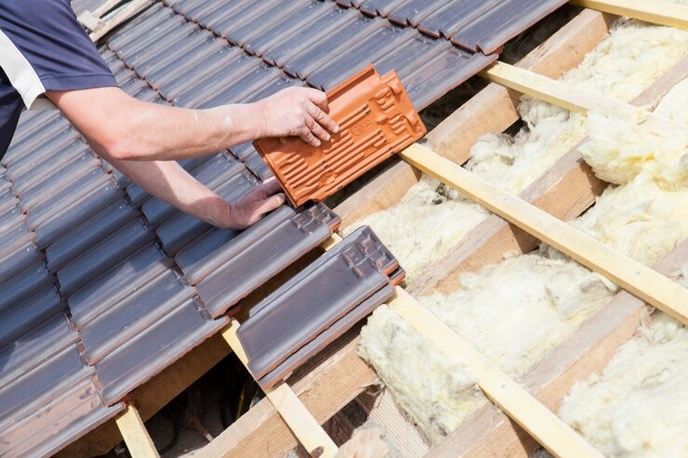Introduction:
Roofing insulation is a critical component of a building's envelope, playing a pivotal role in maintaining energy efficiency and comfort. In recent years, there has been a growing emphasis on the importance of effective insulation to address energy consumption, environmental impact, and overall building performance. This deep dive explores the secrets behind effective roofing insulation, delving into key considerations, materials, and installation techniques.
Understanding the Importance of Roofing Insulation:
Roofing insulation is not just about keeping a building warm in winter and cool in summer. It goes beyond basic temperature control, impacting energy bills, environmental sustainability, and the longevity of the structure. The primary purpose of insulation is to reduce heat transfer, preventing the escape of conditioned air and minimizing the need for constant heating or cooling.
Key Considerations in Roofing Insulation:
-
Climate Zone: The climate of the region plays a significant role in determining the appropriate type and thickness of insulation. Different climates demand different insulation strategies. For instance, areas with extreme temperatures may require higher R-values to ensure optimal energy efficiency.
-
Roof Design and Material: The design and materials used in the construction of the roof influence insulation choices. Sloped roofs, flat roofs, metal roofs, and asphalt shingle roofs each have unique insulation requirements. Understanding the specifics of the roof is crucial for selecting the right insulation solution.
-
Energy Codes and Regulations: Compliance with local building codes and energy regulations is essential. These codes often prescribe minimum R-values and insulation standards to ensure energy efficiency. Staying informed about these regulations is crucial to avoid costly retrofits or non-compliance penalties.
Materials for Effective Roofing Insulation:
-
Fiberglass Insulation: One of the most common and cost-effective insulation materials, fiberglass offers excellent thermal resistance. It comes in various forms, such as rolls or batts, making it versatile for different roofing structures. Fiberglass insulation is known for its durability and fire resistance.
-
Spray Foam Insulation: This insulation type is gaining popularity due to its ability to seal gaps and crevices effectively. Spray foam creates an airtight barrier, reducing heat transfer and air infiltration. While it tends to be more expensive, the long-term energy savings often justify the initial investment.
-
Cellulose Insulation: Made from recycled paper products, cellulose insulation is an eco-friendly option. It provides good thermal performance and is often treated with fire-retardant chemicals. Cellulose insulation is known for its ability to fill gaps and voids in the roof structure, enhancing overall efficiency.
-
Reflective Insulation: Reflective insulation, commonly used in attics, works by reflecting radiant heat. It consists of a reflective foil layer that reflects heat away from the living space. While not suitable as a standalone insulation, it can complement other insulation types to enhance overall performance.
Installation Techniques for Optimal Performance:
-
Proper Air Sealing: Effective insulation is not just about the material but also about preventing air leaks. Proper air sealing, including sealing gaps, cracks, and joints, ensures that the insulation functions optimally. A well-sealed roof not only enhances energy efficiency but also prevents issues like moisture infiltration.
-
Ventilation: Adequate roof ventilation is crucial for maintaining the effectiveness of insulation. Proper ventilation helps in moisture control, preventing the growth of mold and mildew. It also contributes to maintaining a consistent temperature throughout the attic or roof space.
-
Professional Installation: While some insulation materials may be suitable for DIY installation, it's often advisable to seek professional help. Professional installers have the expertise to assess the unique characteristics of a roof, choose the right materials, and ensure a proper installation that maximizes performance.
Conclusion:
In conclusion, effective roofing insulation is a multifaceted aspect of building design and construction. Understanding the importance of insulation, considering key factors like climate, roof design, and compliance with regulations, and selecting the right materials are crucial steps. The installation process, including proper air sealing, ventilation, and professional assistance, ensures that insulation performs optimally over time. By unveiling the secrets of effective roofing insulation, we pave the way for energy-efficient, sustainable, and comfortable buildings that stand the test of time. As we continue to prioritize environmental consciousness and energy efficiency, investing in quality roofing insulation becomes not just a necessity but a commitment to a greener and more sustainable future.


No comments yet